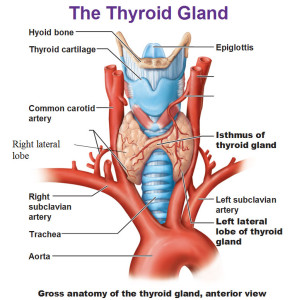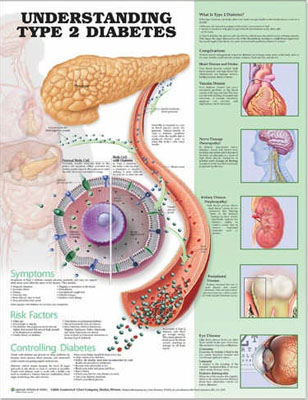
When it comes to ensuring and maintaining the health, the best option is to do cardio training.
What Is Cardio Training?
Cardio training involves any activity that requires the use of the large muscle groups of the body in a regular and uninterrupted manner. It elevates the heart rate between 60 to 85 percent of the fastest heart rate you could get.
Some of the usual cardio training activities are walking, jogging, running, aerobics, cycling, tae bo, swimming and rowing. Cardio training is considered an aerobic exercise as one is required to move from one exercise to another.
What Are the Benefits of Training?
1. Gives Energy to the Body
You can expect more energy and higher endurance after some time of regular cardio training.
2. Prevents Diseases
One could prevent heart diseases with regular cardio training. It is also helpful in preventing other variety of diseases like diabetes, obesity and even high cholesterol. The cardiovascular training strengthens the heart and the lungs. The low to moderated type of cardio exercises are required for people seeking to prevent diseases. Examples of these are walking, brisk walking or jogging.
3. Control Your Weight
With cardio training, you are able to burn more calories. This will help one who needs to lose weight. While those who already achieved their ideal body mass, the training will make it easier to control the weight.
Cardio training helps burn calories. However this generally depends on your current weight and the kind of cardio training you are undergoing. Better consult this matter with your physician or trainer, to know the proper type of training for your needs.
4. Lose Body Fats
Some people do not have problem with their weights. However, there may be some excess fats that keep bothering. Cardio training will help in getting rid of those. The activities involve the movements of large muscle groups. Regularly doing the training will make you leaner.
5. Get Rid of Boredom
Cardio training is fun. It pumps up your system. You will definitely feel more energized and on the go.
Recommendations to Better Enjoy the Benefits of Cardio Training
Cardio training is essential when you need to make health improvements. For starters, it is best to do the 30 to 45 minutes of exercises, 3 to 5 days a week. If you are aiming for weight loss, the training must be done 5 days a week. The more frequent you do it; the more likely it is that you will lose weight. However, avoid exhausting yourself too much in exercise. Avoid going beyond 45 minutes. Remember, it has to be done in a regular basis.
Start now. Walk or ride the bike around the neighborhood now. Follow that aerobics video you purchased. Set a goal and follow that goal. At the same time, modify your diet too. Eat healthy food.
As you increase in the fitness level, the intensity of the training must also increase. This is to have an area of variation and there should always be room for improvement. Implement this by intensifying some parts of the training. If you are into jogging or running, increase speed every 5 minutes for at least a minute or two. It is important that you challenge yourself, so as not to be stuck in a stump.
Avoid doing the cardio exercises before bedtime. You will have a difficult time sleeping if you do so as the energy level of the body will stay high for sometime.
If you are undergoing weight training too, do the cardio exercises right after, not before.
It is best to take a snack 30 minutes before doing the cardio exercises. Do not start with training in an empty stomach. This will not help in achieving the proper momentum when you train. At the same time, avoid indulging in large meals too before exercise. Just give your body the proper supply it will need to sustain exhausting movements.
It is good to do the cardio exercises outdoors. This way you can easily interact with nature and breathe fresh air. You can also simply enjoy going around the neighborhood as you get your system healthier by the minute. It is possible to make some friends among the people who also do their exercises.
Be consistent and stick with the training once you have started it. This is the only way that cardio training will benefit your body and your health in the long run.
 Your thyroid dictates much of your metabolism, any malfunction or disease afflicting this area may cause you to have problems in metabolism leading to a drastic problem with your weight – you may either gain weight, lose weight, or may find that losing weight is harder than usual.
Your thyroid dictates much of your metabolism, any malfunction or disease afflicting this area may cause you to have problems in metabolism leading to a drastic problem with your weight – you may either gain weight, lose weight, or may find that losing weight is harder than usual. One of the most undemanding and the most workable ways to knock over blood sugar amount, eliminate the dangers of “cardiovascular disease,” and perk up health and welfare in general is exercise.
One of the most undemanding and the most workable ways to knock over blood sugar amount, eliminate the dangers of “cardiovascular disease,” and perk up health and welfare in general is exercise.
